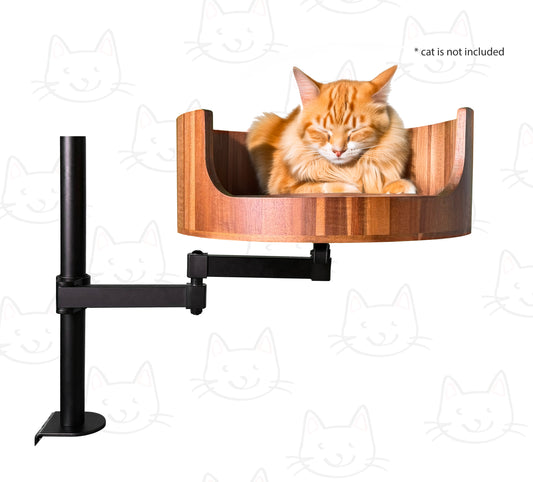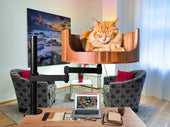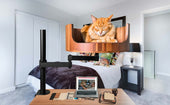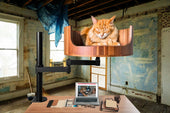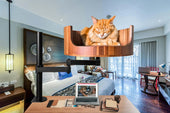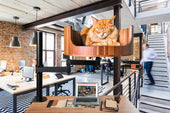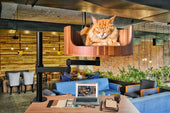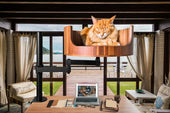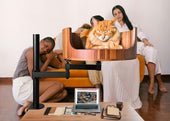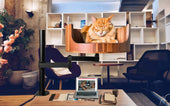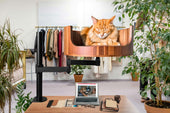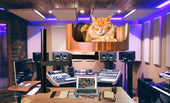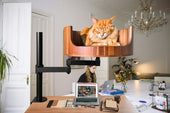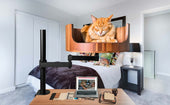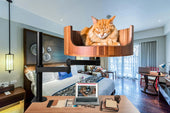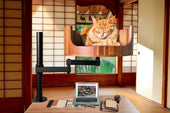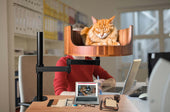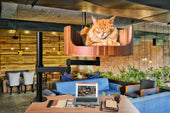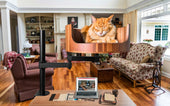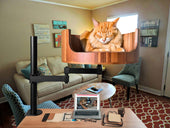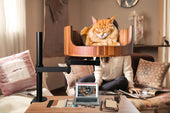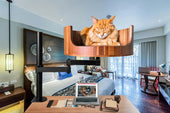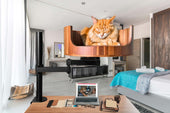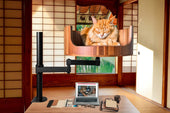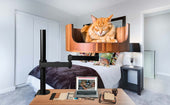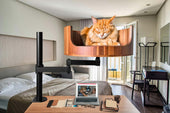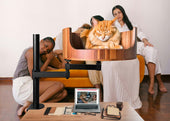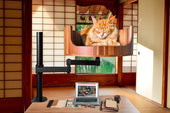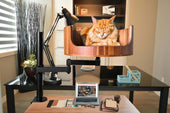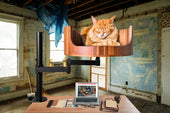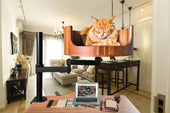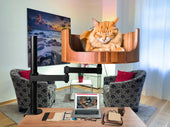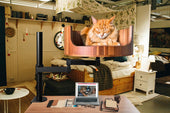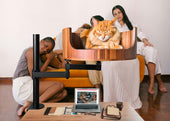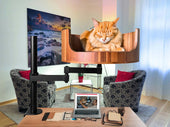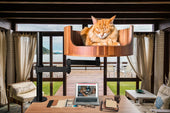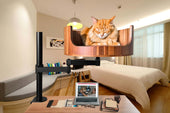
Tail Flicking in Cats: Understanding Their Behavior
Share
Tail flicking in cats is a common behavior that can often be misunderstood by cat owners. This article aims to explore the reasons behind this behavior and provide a better understanding of what it means when a cat flicks its tail. From stress and anxiety to excitement and aggression, a cat's tail can reveal a lot about its emotional state and intentions. By examining the various contexts in which tail flicking occurs, we can gain insight into the complexities of feline behavior and improve our ability to communicate with our furry friends.
Throughout the article, we will delve into the different types of tail flicking, such as slow swishing, rapid twitching, and aggressive lashing, and discuss what each one signifies. We will also explore the body language cues that typically accompany tail flicking, including ear positioning, vocalizations, and overall posture. By the end of this read, readers will have a deeper understanding of why cats flick their tails and how to respond appropriately in various situations to ensure a harmonious relationship with their feline companions.
1. Tail flicking in cats serves as a form of communication, indicating their current mood or feelings.
2. Understanding the context in which a cat flicks its tail is crucial in interpreting their behavior accurately.
3. Cats may flick their tails to signal agitation, excitement, or even predatory behavior.
4. It is important for cat owners to pay attention to other body language cues in addition to tail flicking to fully understand their pet's emotions.
5. Tail flicking can also be a sign of stress or discomfort, and may require intervention or changes in the cat's environment to address.
Why do cats flick their tails?
Cats flick their tails as a form of communication. It can signal a range of emotions, from contentment to irritation. For example, a cat may flick its tail slowly when feeling relaxed and happy, whereas a rapid flicking motion may indicate annoyance or agitation. Understanding the context in which a cat flicks its tail can help you better interpret their feelings and respond accordingly.
Common reasons for tail flicking
There are several common reasons why cats may flick their tails. One of the most common is during playtime, when a cat may flick its tail as a sign of excitement. Tail flicking can also occur when a cat is hunting or stalking prey, as they focus their attention and prepare to pounce. Additionally, a cat may flick its tail when feeling anxious or threatened, as a way to communicate their discomfort or unease.
Signs of tail flicking to watch for
When observing your cat's behavior, it is important to pay attention to the context in which they are flicking their tail. If your cat's tail flicking is accompanied by other signs of stress, such as dilated pupils, flattened ears, or a tense body posture, it may indicate that they are feeling anxious or fearful. On the other hand, if your cat is flicking its tail during playtime or while being petted, it is likely a sign of positive emotions.
How to respond to tail flicking
When your cat flicks their tail, it is important to respond appropriately to their signals. If your cat is flicking their tail while being petted, for example, it may be a sign that they are becoming overstimulated and need a break. Similarly, if your cat is flicking their tail in response to a stressful situation, such as the presence of a new pet or visitor, it is important to provide them with a safe space to retreat to until they feel more comfortable. By understanding and responding to your cat's tail flicking behavior, you can help ensure that they feel secure and understood in their environment.
Frequently Asked Questions
How can the Desk Cat Nest help with tail flicking in cats?
The Desk Cat Nest provides a cozy and secure space for your cat to relax and unwind, reducing stress levels that may be causing excessive tail flicking.
Is tail flicking a common behavior in cats?
Yes, tail flicking is a common behavior in cats and can be caused by various factors including stress, anxiety, excitement, or irritation.
Will the Desk Cat Nest fit my cat comfortably?
The Desk Cat Nest is designed to accommodate cats of all sizes, providing a spacious and comfortable environment for your feline friend to rest and play.
Can the Desk Cat Nest be easily cleaned and maintained?
Yes, the Desk Cat Nest is made of durable and easy-to-clean materials, making it simple to maintain and keep your cat's space clean and hygienic.
Are there any other benefits of using the Desk Cat Nest for tail flicking in cats?
Yes, in addition to reducing stress and anxiety, the Desk Cat Nest also provides your cat with a sense of security and privacy, promoting overall well-being and comfort.
In conclusion, the Desk Cat Bed is a valuable choice for cats experiencing tail flicking as it provides a cozy and secure environment for them to relax and destress. The elevated design helps to alleviate anxiety and promote a sense of security, ultimately reducing the frequency of tail flicking behavior. Additionally, the soft and plush material of the bed offers maximum comfort for your feline friend, encouraging them to unwind and unwind. Overall, the Desk Cat Bed is a beneficial product that can greatly improve the well-being of cats suffering from tail flicking.

